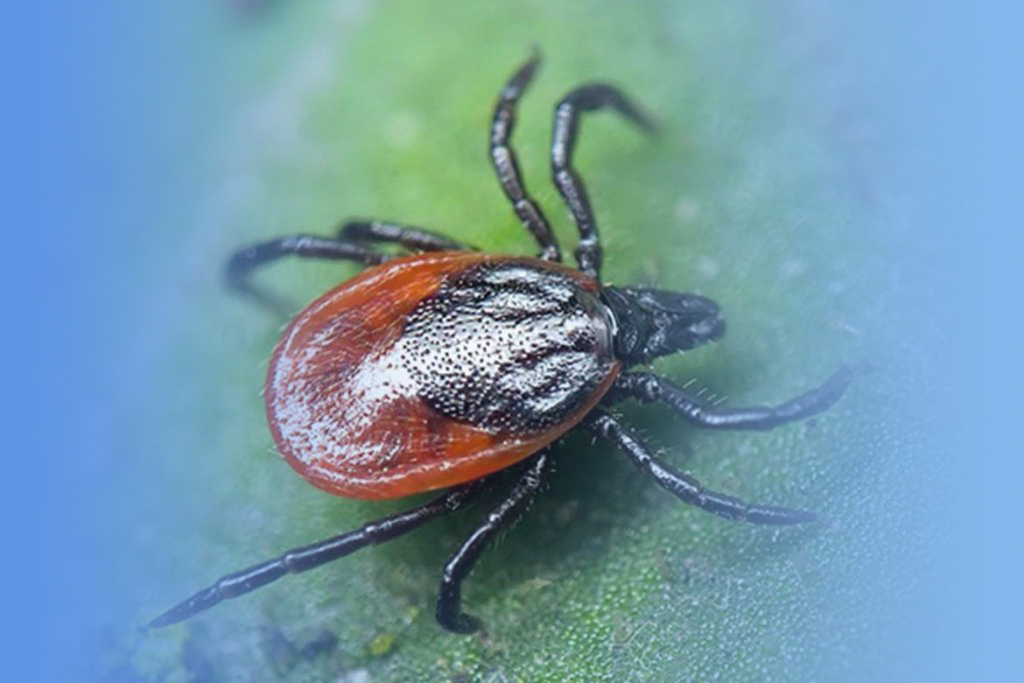[1] Noguchi M, Oshita S, Yamazoe N, et al. Important clinical features of Japanese spotted fever[J]. Am J Trop Med Hyg, 2018, 99(2):466-469. DOI:10.4269/ajtmh.17-0576.
[2] Kodama K, Senba T, Yamauchi H, et al. Clinical study of Japanese spotted fever and its aggravating factors[J]. J Infect Chemother, 2003, 9(1):83-87. DOI:10.1007/s10156-002-0223-5.
[3] Teng ZQ, Gong P, Wang W, et al. Clinical forms of Japanese spotted fever from case-series study, Zigui County, Hubei Province, China, 2021[J]. Emerg Infect Dis, 2023, 29(1):202-206. DOI:10.3201/eid2901.220639.
[4] Uchida T, Uchiyama T, Kumano K, et al. Rickettsia japonica sp. nov., the etiological agent of spotted fever group rickettsiosis in Japan[J]. Int J Syst Bacteriol, 1992, 42(2):303-305. DOI:10.1099/00207713-42-2-303.
[5] Wada T, Mori H, Kida K, et al. Japanese spotted fever with post-infectious encephalitis[J]. IDCases, 2023, 31:e01658. DOI:10.1016/j.idcr.2022.e01658.
[6] Li JB, Hu W, Wu T, et al. Japanese spotted fever in eastern China, 2013[J]. Emerg Infect Dis, 2018, 24(11):2107-2109. DOI:10.3201/eid2411.170264.
[7] Wang XX, Liang Y, Shang M, et al. Rickettsia japonica and Japanese spotted fever:A review on the pathogen and disease[J]. Chin J Vector Biol Control, 2024, 35(1):128-131. DOI:10.11853/j.issn.1003.8280.2024.01.023.(in Chinese) 王晓旭, 梁莹, 尚猛, 等. 日本立克次体与日本斑点热:病原体与疾病综述[J]. 中国媒介生物学及控制杂志, 2024, 35(1):128-131. DOI:10.11853/j.issn.1003.8280.2024.01.023.
[8] Lu QY, Yu JP, Yu LQ, et al. Rickettsia japonica infections in humans, Zhejiang Province, China, 2015[J]. Emerg Infect Dis, 2018, 24(11):2077-2079. DOI:10.3201/eid2411.170044.
[9] Zhou YN, Wang Q, Shen YJ, et al. A case of critical Japanese spotted fever in Zhejiang, China[J]. Infect Drug Resist, 2023, 16:3425-3430. DOI:10.2147/IDR.S408499.
[10] Kondo M, Nishii M, Gabazza EC, et al. Nine cases of Japan spotted fever diagnosed at our hospital in 2008[J]. Int J Dermatol, 2010, 49(4):430-434. DOI:10.1111/j.1365-4632.2010.04359.x.
[11] Li H, Zhang PH, Du J, et al. Rickettsia japonica infections in humans, Xinyang, China, 2014-2017[J]. Emerg Infect Dis, 2019, 25(9):1719-1722. DOI:10.3201/eid2509.171421.
[12] Kobayashi K, Shikino K, Sano H, et al. Family cluster of Japanese spotted fever[J]. QJM, 2022, 115(3):169-170. DOI:10.1093/qjmed/hcac002.
[13] Gu W, Deng XD, Lee M, et al. Rapid pathogen detection by metagenomic next-generation sequencing of infected body fluids[J]. Nat Med, 2021, 27(1):115-124. DOI:10.1038/s41591-020-1105-z.
[14] Miao Q, Ma YY, Wang QQ, et al. Microbiological diagnostic performance of metagenomic next-generation sequencing when applied to clinical practice[J]. Clin Infect Dis, 2018, 67Suppl 2:S231-240. DOI:10.1093/cid/ciy693.
[15] Kinoshita H, Arima Y, Shigematsu M, et al. Descriptive epidemiology of rickettsial infections in Japan:Scrub typhus and Japanese spotted fever, 2007-2016[J]. Int J Infect Dis, 2021, 105:560-566. DOI:10.1016/j.ijid.2021.02.069.
[16] Qin XR, Han HJ, Han FJ, et al. Rickettsia japonica and novel Rickettsia species in ticks, China[J]. Emerg Infect Dis, 2019, 25(5):992-995. DOI:10.3201/eid2505.171745. |



